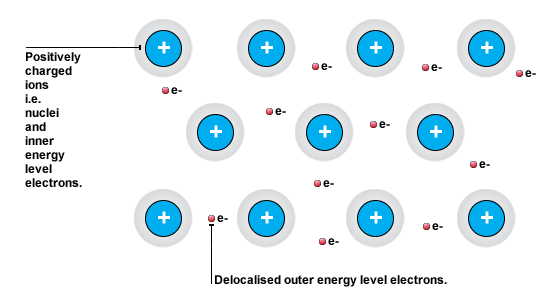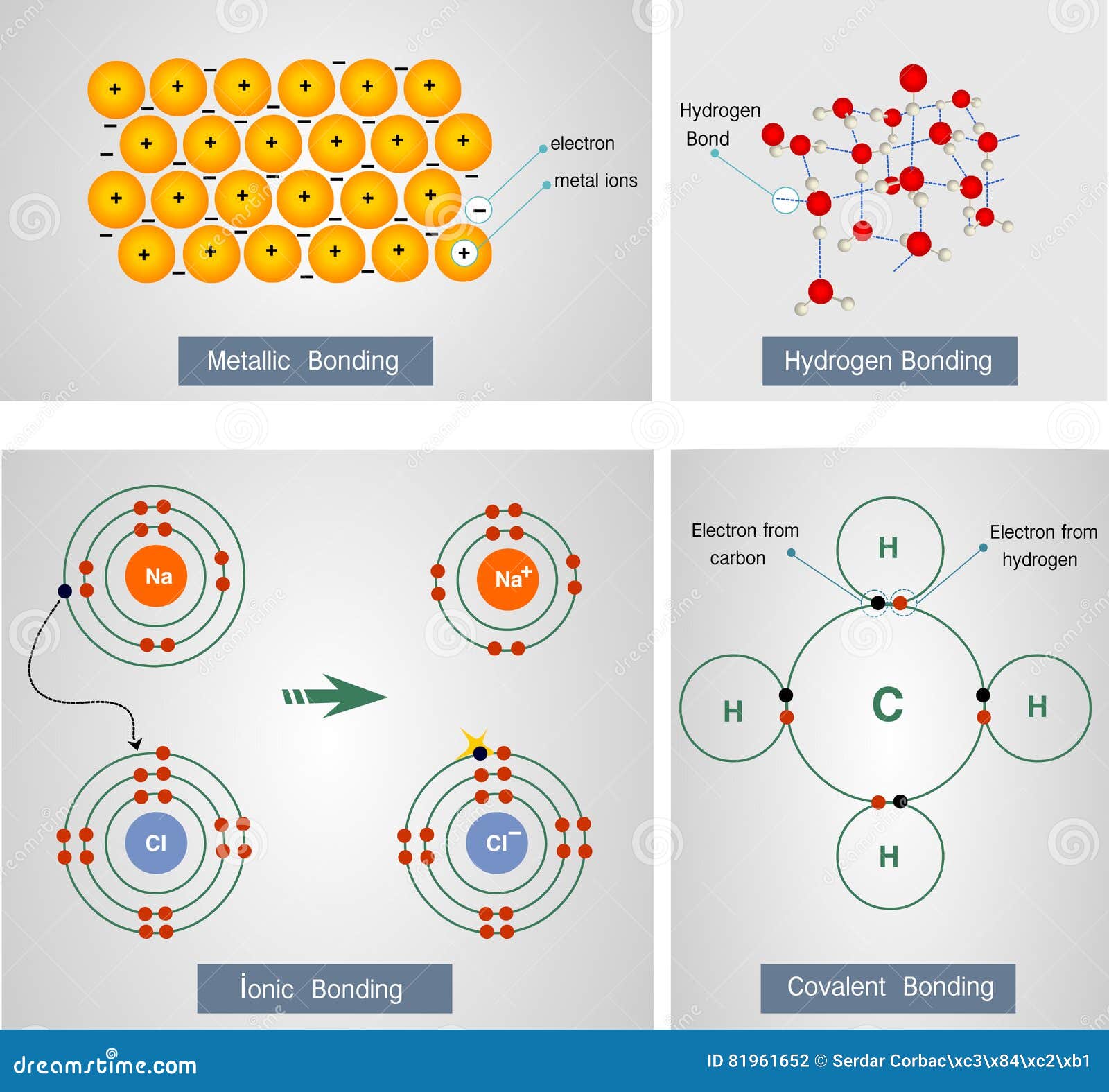
Then, to get a more meaningful knowledge regarding the binding capability, first-principles calculations based on density functional theory have been applied to study the interaction of different cations with the simplest carboxylic acid, acetic acid, that can result in formation of metal diacetates.

For example, Pb2+ is always found to bind to AA much more strongly than Cd2+ even though the latter has smaller ionic radius, indicating that other factors also play an important role in governing the binding strength trends apart from the effects of ionic radii. The higher binding strength of AA with certain metal ions when exposed individually, as well as the preference over the other metal ions when exposed to mixtures, reveal some interesting deviation from the expected behavior based on considerations of ionic radii. Variation in the binding strength of different ions is also manifested in experiments where AA thin films are exposed to metal ion mixtures. Through the amount of cation uptake, it is found that the strength of binding of different cations varies as Ca2+>Co2+>Pb2+>Cd2+. In this study first the uptake of different divalent cations in films of AA is estimated by atomic absorption spectroscopy (AAS). It is considered that in AA thin films the metal ions straddle the hydrophilic regions of the stacked bilayers of AA molecules via formation of carboxylates.


The binding strength of the carboxylic acid group (-COOH) with different divalent metal ions displays considerable variation in arachidic acid (AA) thin films.


 0 kommentar(er)
0 kommentar(er)
